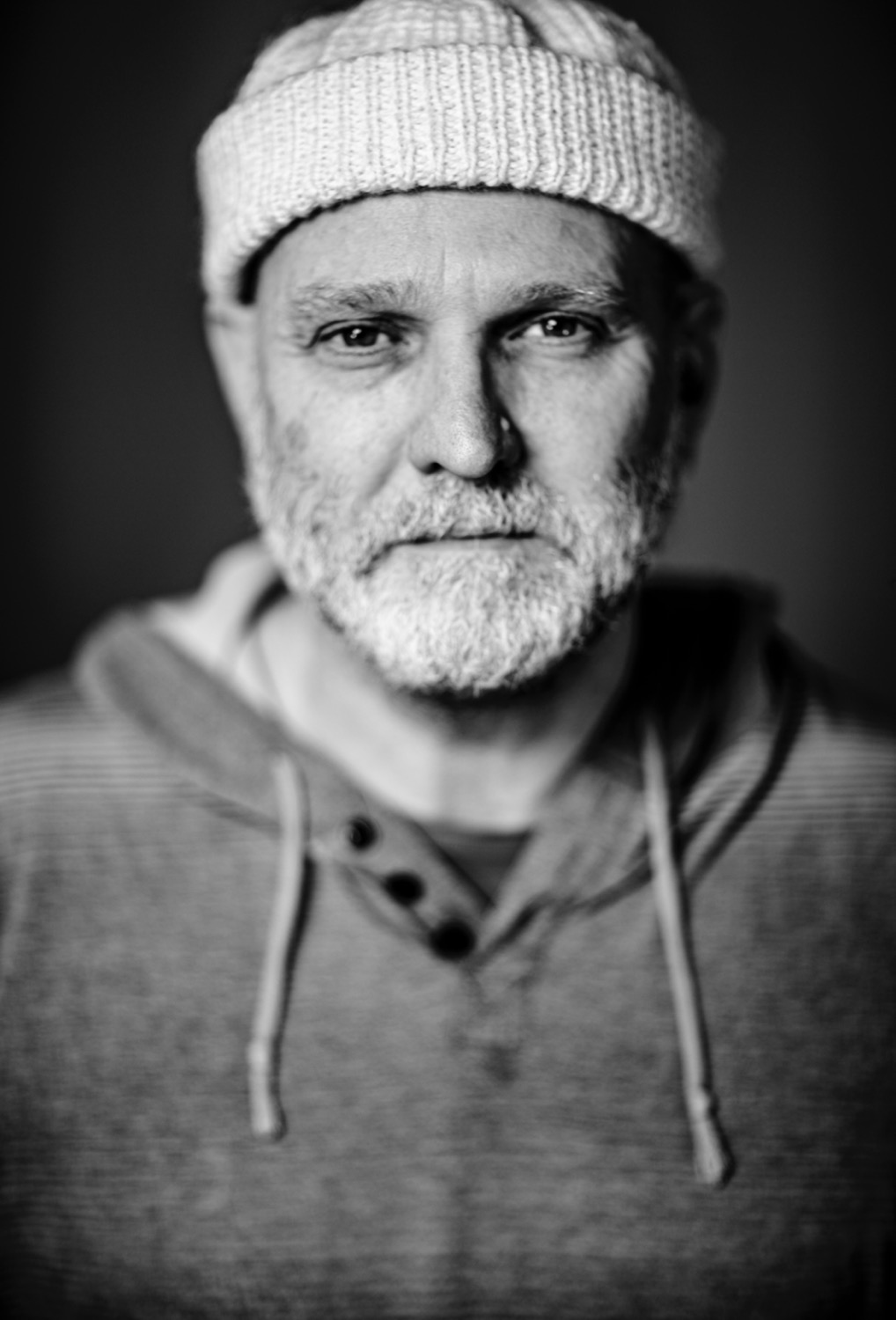Starting Pixel Live 24: Rhys Murphy on the Challenges and Evolution of Virtual Production
- Rob Chandler

- Dec 11, 2024
- 3 min read

At Starting Pixel Live 24, Rhys Murphy took attendees on a deep dive into the perception, impact, and future trajectory of virtual production (VP). Murphy’s talk dissected the industry’s challenges, evolution and public misconceptions, noting how Virtual Production’s rise to prominence, particularly through Disney’s The Mandalorian, shaped a narrow understanding of this technology as primarily associated with LED volumes and in-camera VFX (ICVFX).
A Public Perception Skewed by Buzz
According to Murphy, The Mandalorian’s behind-the-scenes featurette, which showcased its ground-breaking volume technology, heavily influenced public perception. After the show’s 2020 release, Google searches for “virtual production” spiked, with the volume stage itself becoming almost synonymous with virtual production. Murphy argued this has led to an overemphasis on ICVFX, overshadowing other vital components of VP.
Murphy divided the public into three groups based on familiarity: those who don’t care or understand VP, those who know the term but misapply it, and the “engagers” who self-educate on the topic. The first group, he noted, simply expects good visuals, while the third group often serves as VP’s unofficial ambassadors, correcting misconceptions in online forums and sharing insights from behind-the-scenes content.
Virtual Production: A Hype Cycle in Progress
Murphy referenced the Gartner Hype Cycle, suggesting that VP is on the “slope of enlightenment,” where the tech is scrutinized and used more effectively. He pointed to Gartner’s Dunning-Kruger effect as another factor, as early adopters of VP are now learning more deeply, correcting earlier misunderstandings, and redefining what VP can truly offer. Yet, Murphy observed that VP remains misrepresented as either a “gimmick” or “necessary evil” in online discussions, particularly on platforms like Reddit and X (formerly Twitter), where the discussion is often nitpicky and unproductive.
Misleading Marketing and the Denial of VP’s Role
Murphy highlighted a troubling trend in recent marketing for films like Top Gun: Maverick and Barbie, which downplayed or outright denied their use of VFX. This marketing strategy, Murphy argued, reflects the cycle of backlash against digital effects, as studios attempt to cater to an audience fatigued by CGI. He presented this as a vicious loop where audiences clamour for “practical” effects while studios continue to rely on virtual methods, then downplay VP’s contribution to avoid public scrutiny.
Defining Virtual Production: A New Framework
Murphy closed with his proposed framework for understanding VP, dividing it into three categories:
Virtual Capture: Real-time rendering of a simulated environment, such as virtual location scouting.
Live Composite: Blending physical and virtual elements, as seen with green screens and set extensions.
ICVFX: In-camera visual effects captured on an LED volume or similar display, aiming to minimize post-production.
This framework aims to provide a clearer, more nuanced view of VP, stressing that LED volumes are only part of a broader spectrum of tools and techniques.
The Path Forward: Education and Transparency
Murphy called for more educational content and resources, including academic papers and community discussions, to demystify VP. He sees Starting Pixel’s community as key to fostering informed conversations that can elevate the industry beyond its current hype cycle and make VP a more integrated part of public understanding.
In the end, Murphy’s presentation underscored a dual responsibility for creators and audiences: to bridge the knowledge gap through transparency and education, and to appreciate the versatile tools VP brings to storytelling. Murphy left attendees with a hopeful note—perhaps one day, VP won’t need defending; it will simply be another trusted part of filmmaking.
Rhys's video essay can be found HERE





Comments